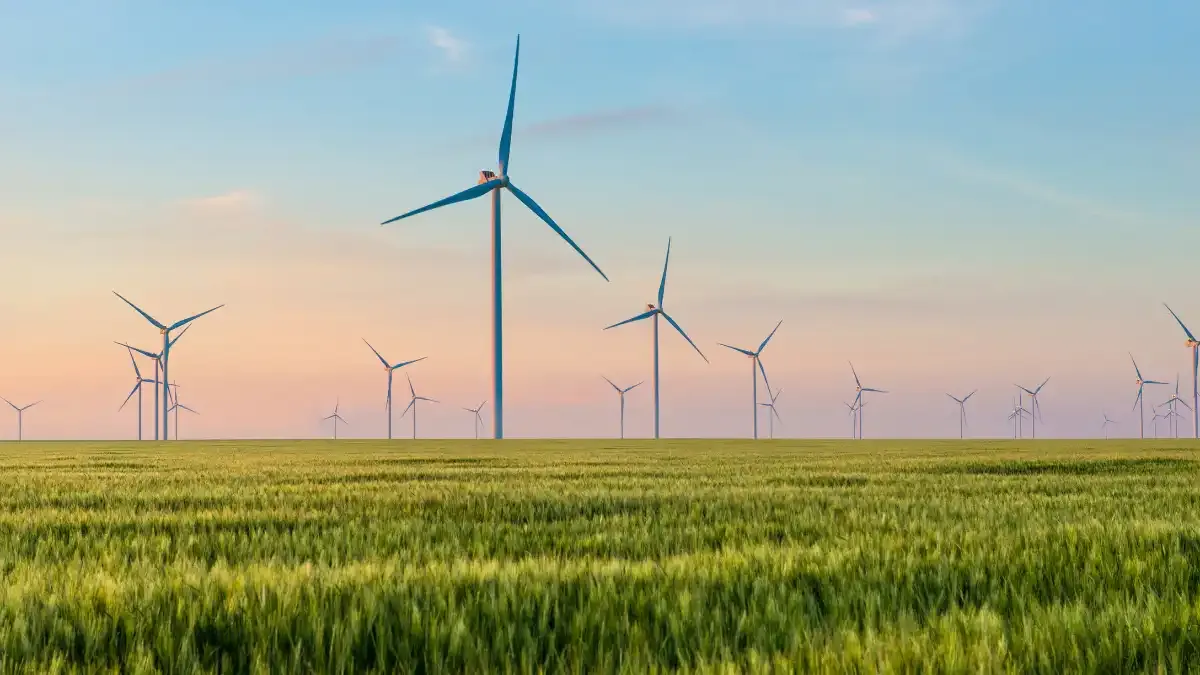China's Voluntary Carbon Market Sees Groundbreaking First Carbon Credits Transaction
In a groundbreaking move, the China National Offshore Oil Corporation (CNOOC), the nation's premier offshore oil and gas producer, recently completed its first transaction in the revamped voluntary carbon market for greenhouse gas reductions in Beijing. This marks a significant step towards achieving China's ambitious environmental goals.
The Dual Components of China's Carbon Trading System:
China's carbon trading system comprises two key components, each playing a pivotal role in the nation's efforts to combat climate change.
National Emissions Trading Scheme (ETS):
The first component is the compulsory national carbon trading market, also known as the National Emissions Trading Scheme (ETS). Under this system, the government establishes emission caps for entities or enterprises with substantial carbon footprints. Those exceeding the caps must purchase equivalent carbon allowances to offset their excess emissions.
China Certified Emission Reduction Scheme:
The second component is the voluntary carbon market for greenhouse gas reductions, referred to as the China Certified Emission Reduction (CCER) scheme. This scheme acts as a crucial supplementary mechanism to the national ETS, aligning with China's "dual carbon targets" of peaking carbon emissions by 2030 and achieving net-zero emissions by 2060.
Focus Areas of the CCER Scheme:
Currently, the CCER scheme predominantly centers around the sale of carbon reductions from projects in four major sectors:
- Forestation
- Solar Thermal Power
- Offshore Wind Power Generation
- Mangrove Planting
Future Possibilities:
As the CCER scheme matures, there are exciting prospects for its expansion. Yang Pingjian, a director at the Chinese Research Academy of Environmental Sciences, envisions a future where individuals can sell their carbon reductions generated from green behavior. This opens up the market to a broader spectrum of participants, fostering a more inclusive and comprehensive approach to carbon trading.
Anticipated Growth and Financialization:
Predictions from the China Beijing Green Exchange (CBGEX) suggest that, with the financialization of China's carbon market, the annual trading volume could surpass 10 billion tonnes, given its vast 7 to 8 billion tonnes of quotas. Furthermore, the transaction value is anticipated to exceed a staggering 1 trillion yuan. This foretells a robust and dynamic future for China's carbon market, positioning the nation as a key player in global efforts to combat climate change.

